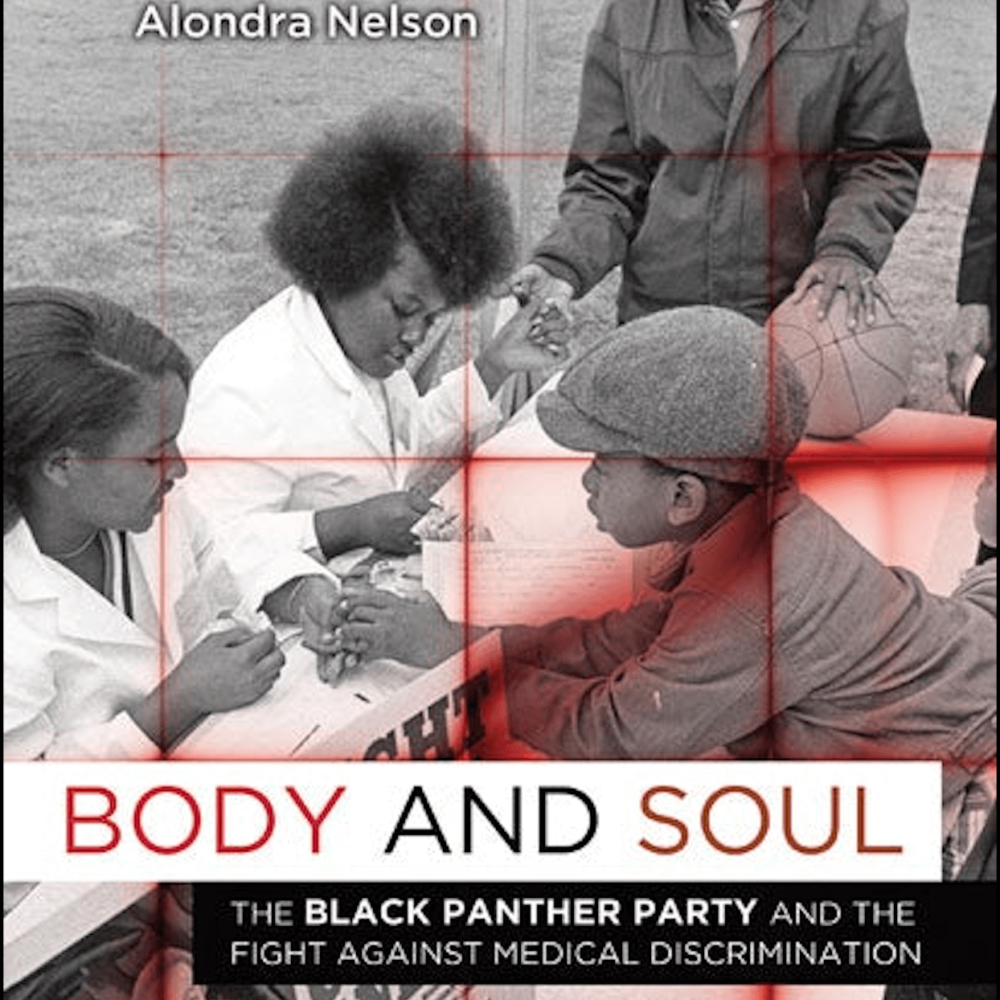
Here is the 40th in my series of “Wow! How? Health” stories, also shared on LinkedIn if you want to follow the conversation on that platform.
In 1971, the Black Panther Party diagnosed the federal government’s failure to study sickle cell anemia, a genetic disease believed at the time to be found predominately in people of African descent. The Party had already fused scientific and medical expertise with lay wisdom to create a network of clinics and health workers who could deliver care where and when people needed it. They leveraged that network to create a community-led initiative to test Black people for the sickle cell trait and educate them about how the disease can be passed down, generation to generation.
An inexpensive, portable testing kit called a Sickledex had been introduced to the market in 1969. Instead of lugging lab equipment into the community, volunteers could collect a drop of blood and get a simple result within minutes: either yes, this person is a carrier of the genetic trait, or no, this person is not. Sophisticated analysis, using hemoglobin electrophoresis techniques, would be required for a carrier of the disease to learn more, but it was revolutionary progress to get basic answers for thousands of people across the U.S.
In Boston, a Party volunteer, Mary T. Bassett, realized the supply of commercial tests was outstripped by the need and asked Bill Wallace, a biology graduate student, for help. Wallace created a homemade test with elements that volunteers could mix up each week, at low cost.
Thanks to the awareness brought by the Black Panther Party’s innovative data collection and communication efforts, $500,000 was allocated to sickle cell anemia research in the National Sickle Cell Anemia Control Act of 1972. Where the federal government and mainstream health care had failed, the Party and its community-led effort succeeded. Now, after more than fifty years of study, there are gene therapies for this painful, debilitating disease.
Rare disease communities are blazing new paths along the same lines, creating data registries in order to attract scientists and funding to their cause. Long Covid is another example of patient-led research forging ahead when health authorities did not understand the emerging threat. Personal science has emerged as a way to track what matters to you, in order to solve a mystery ailment or improve your health. We can all learn from these examples of Rebel Health Seekers, Solvers, Networkers, and Champions. We will need their courage and spirit of invention as threats grow and diversify.
If you’d like to learn more about the Black Panther Party’s innovative work in health care, here are three sources:
1. Alondra Nelson, “Spin Doctors: The Politics of Sickle Cell Anemia,” in Body and Soul: The Black Panther Party and the Fight Against Medical Discrimination (Minneapolis: University of Minnesota Press, 2013), 115–52.
2. Mary T. Bassett, “No Justice, No Health: The Black Panther Party’s Fight for Health in Boston and Beyond,” Journal of African American Studies 23 (November 2019): 352–63, https://doi.org/10.1007/s12111-019-09450-w.
3. Alfredo Morabia, “Unveiling the Black Panther Party Legacy to Public Health,” American Journal of Public Health 106, no. 10 (October 2016): 1732–33, https://doi.org/10.2105/AJPH.2016.303405.
Where have you seen invention in the face of scarce resources? When has your community faced a challenge, dug deep, and come up with innovations based on your own wisdom and experience? I’d love to hear from you if you have stories to share.
Image: Cover of the book Body and Soul, by Alondra Nelson.
Leave a Reply